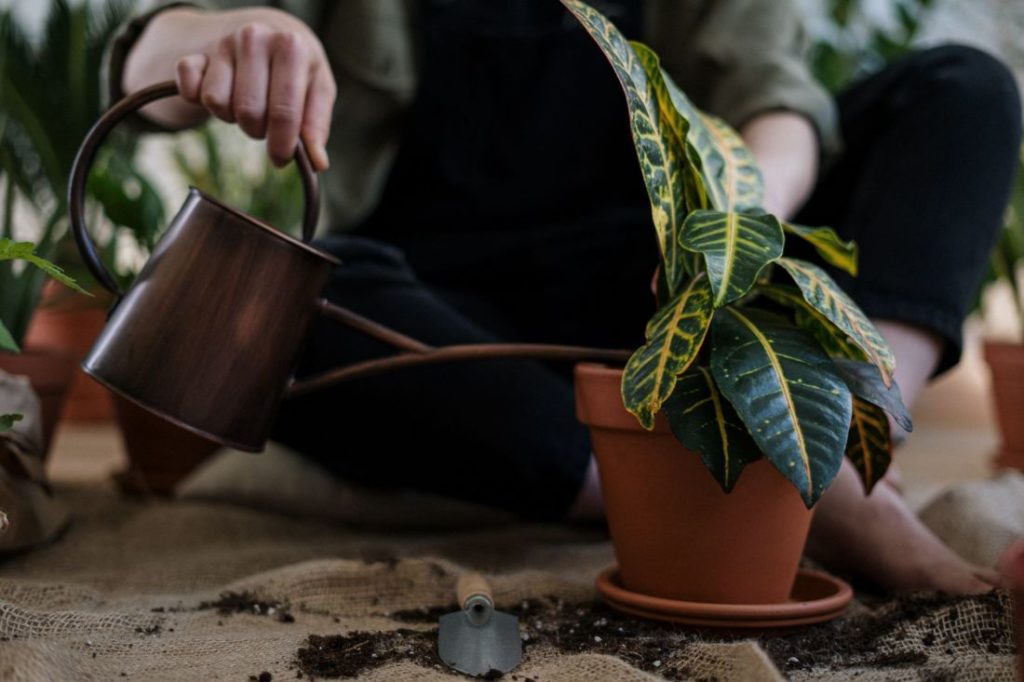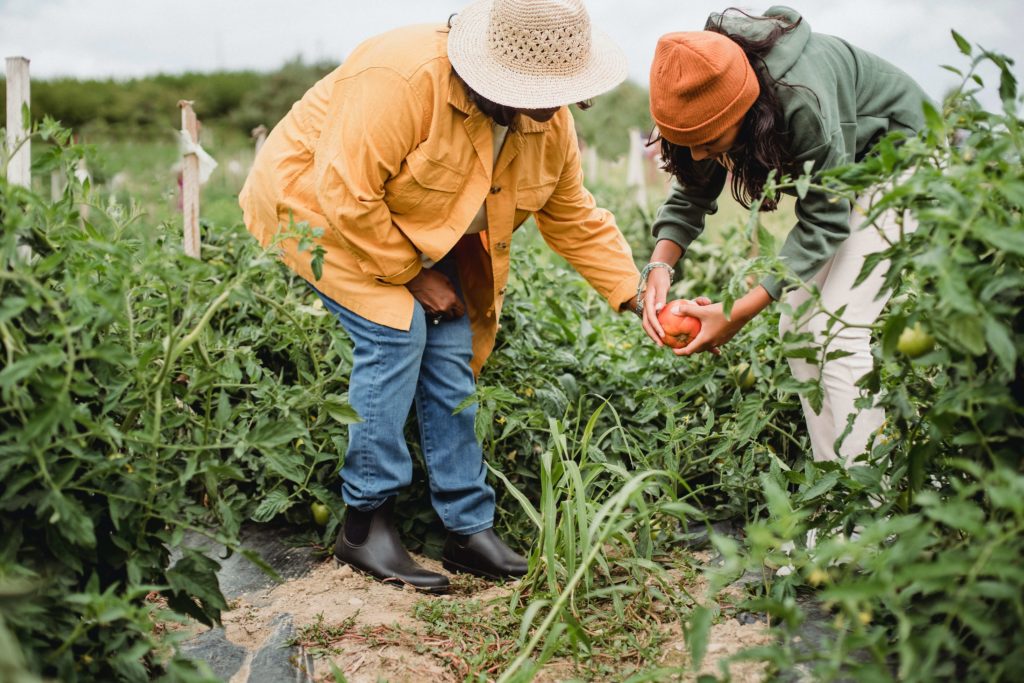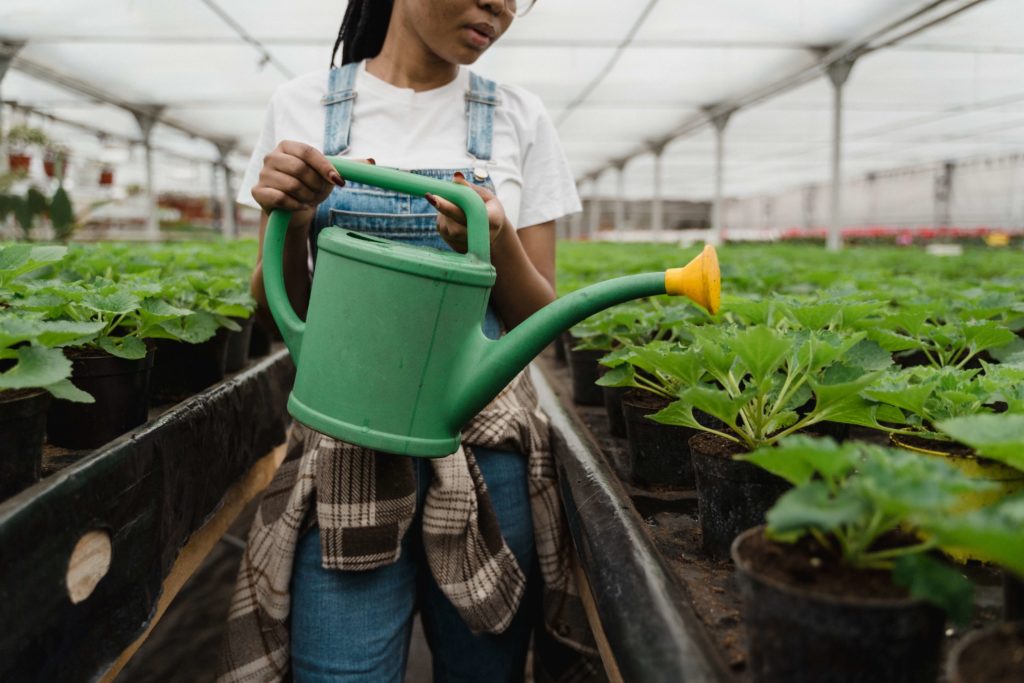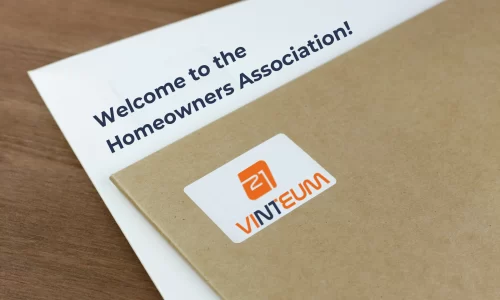There is little doubt we live in strange times, we just need to look outside our homes to confirm that notion. During quarantine, we have seen that relying on stores to get fresh veggies is particularly tricky! Especially when you’re trying to avoid as many supermarket trips as possible and maintaining all measures recommended by the CDC.
But what if you can turn a part of your condo or HOA into a community garden?
Residents could get together to grow tomatoes, peppers, carrots, or maybe some herbs like cilantro or oregano or mint (Get those Mojitos ready!). You can make this happen and shape your community into a green-fingered paradise.
Just think about it, if NASA can do it in space, then your community can certainly do it. It’s easier than you think and with time it can turn a small plot of land into a beautiful garden.
To help you get there, we have some tips on how to set up a community garden. This can create a fun project for the community to participate in, as well as providing some vegetables and herbs grown on your doorstep. It’s also a sustainable project!
Nature
During quarantine, more and more people are appreciating the smell of wet grass and birds singing. It’s important for us to recognize the importance of nature for our wellbeing.
We can do little things that make us more connected to nature. Just having a small plant or herb growing on your windowsill or in your back yard. A little mint or cilantro can make a space smell wonderful or maybe you’re looking to add color, then you can not plant some flowers you like. Remember that planting it’s REALLY easy, and a fun weekend project.
Bringing gardening to your whole community by creating a community garden is a lovely activity that can be done while social distancing.
Space for your community garden
One of the first things people excuses for not growing vegetables is the lack of space. You can use the available space to grow some vegetables.
If your community doesn’t have a lot of space for a vegetable garden, your yield doesn’t have to be small. Most veggies can be grown in small containers and some varieties have no problem growing vertically rather than horizontally.
This frees up a whole new world of possibilities of where you can place small containers to have a BIG (and tasty) yield.
Regarding the containers, you can go with terracotta pots, wood cabinets, growing bags, you name it! That’s one of the reasons why gardening is so fun.
If you have more space then you can have individual beds that residents can call their own. You could have a shared herb bed, but individual vegetable beds help avoid any arguments.
Do some research
I’m sure I don’t have to remind you that veggies are climate-sensitive so you’ll have to look for veggies that can be grown in your region. And we also want veggies that are easy to plant, look after, and are tasty.
Some good examples can be the cherry tomatoes which can be planted in clusters or cucumbers that can be grown vertically. Or maybe your community is looking to get something more aromatic, then maybe planting some herbs is the best way forward.
If you go down the individual bed route, then you can create a leaflet with suggestions and restrictions. You can’t have one resident planting a tree that shades everyone else’s vegetables!
Soil
The soil determines the quality of the vegetables you grow. Sunlight and water are also important factors!
Now, if you ever walked through a gardening store and had a look at the different types of soils you know how confusing it is.
When you go to the store, don’t be afraid of asking for help. To help you, here’s a list of things you need to look for.
What’s the soil for?
Beginners should look for potting or garden soil. This will increase the moisture retention of the plants, helping them sprout their roots.
Check the texture
A golden rule for checking the soil texture (for potting) is to break it apart with one hand. If it easily breaks apart it means it will properly absorb water. This is what we want!
There are thousands of soil vendors, be wary of the cheap ones, and remember that it’s better to invest in good quality soil if you want good quality veggies.
Ask for fertilizers
Fertilizers are soil food, so you should have some good-quality all-purpose fertilizer.
Some veggies may need more nutrients for their growth than others, so we use fertilizers to add those extra nutrients to the soil in preparation for any type of veggie we want to plant. As with soils, there are hundreds of options. Ask for help and buy one that feeds your veggies the best!
Compost
Composting can be seen as the original way of recycling, as that is exactly what it is. Recycling organic materials can then be used on your soil to enrich it with nutrients. All your community needs to produce is organic trash like food scraps. According to the EPA, around 20% – 30% of our trash is food scraps and garden waste that can be used to make compost.
The only problem with recycling organic material is that it can get smelly.
So, before suggesting this to your board think about the following:
- Do your HOA rules and regulations allow composting?
- Do you have a location where it can be set without troubling anyone? It needs to be leveled and easily drain water.
Once you have these two things sorted, you can start planning and make it happen!
Wrapping Up Your Community Garden
The best way to make a decision on whether to have or not a community garden and composting site in your HOA would be through a vote. With Neigbrs by Vinteum you can set the voting and share the results to everyone, making the decision making a lot easier.
We hope these tips will help you and your community have more veggies and herbs of its own!










4 Responses